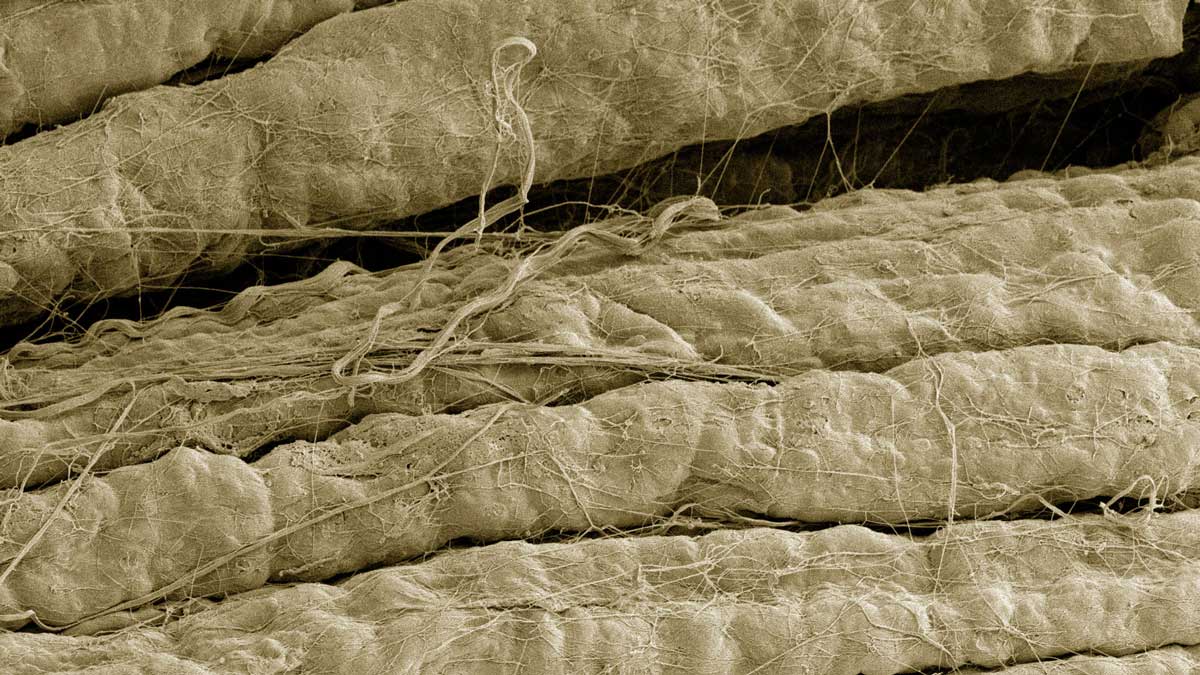Research led by scientists at NYU Langone’s Center for Advanced Imaging Innovation and Research and recently published in the journal Molecular Psychiatry has uncovered a newly detailed picture of the connection between early-stage psychotic spectrum disorders and white-matter myelination.
For more than a decade now, psychotic spectrum disorders (PSD), which include schizophrenia and bipolar disorder, have been associated with brain “disconnectivity,” or altered patterns of activation across the organ. Hence, many researchers have been looking for further clues in white matter tracts, the dense bundles of axons that interconnect the brain’s myriad regions. Healthy axons are wrapped in myelin, which protects them from damage and accelerates electrical impulses, and deficits in myelin sheathing have long been linked to PSD.
The investigation, led by Yu Veronica Sui, PhD, postdoctoral fellow at NYU Langone Health and Mariana Lazar, PhD, associate professor in the radiology department at NYU Langone, relied on an innovative combination of advanced MRI techniques and biomarkers to evaluate myelin-related microstructural properties, myelin content, and myelin thickness in the brains of young adults with PSD and healthy controls. The researchers also analyzed the MRI metrics for meaningful correlations with measures of working memory and clinical symptoms, and checked whether the findings differ between patients diagnosed with schizophrenia or schizoaffective depressive disorder and those diagnosed with bipolar disorder.
The analyses revealed a nuanced picture of myelin abnormalities in people with PSD, differences between the groups with schizophrenia and bipolar disorder, and correlations between reduced myelination and lower working memory.
“The pattern of changes observed in our multimodal imaging markers suggests that PSD, depending on symptomatology, is characterized by specific alterations in white matter integrity and myelin-axonal geometry of major white matter tracts, which may impact working memory function,” the authors write. “These findings provide a more detailed view of myelin-related white matter changes in early stages of PSD.”
Shortly before the publication, Dr. Sui discussed her work on characterizing myelination in a range of neuropsychiatric disorders and aging in a Lab Talk interview. “It’s an important feature in the brain, and myelin deficits are present in many neurodevelopmental and degenerative diseases,” she said. “Right now, there are no good treatments for these disorders. … That’s why we want to look at potential early biomarkers that are more specific to a biological mechanism of disease and then look for another perspective to target these conditions.”
A version of this post first appeared on the CAI2R LinkedIn.
Related Publication
Quantitative magnetization transfer and g-ratio imaging of white matter myelin in early psychotic spectrum disorders.
Mol Psychiatry. 2025 Jan 8. doi: 10.1038/s41380-024-02883-0
Related Stories
Yu Veronica Sui, postdoctoral fellow who investigates neuropsychiatric conditions and the brain, talks about grey-matter myelin, developing expertise in MRI, and how psychology led her to imaging.
Mariana Lazar, medical imaging researcher who investigates psychiatric disorders, talks about recent findings, mentoring students, and learning by doing.



